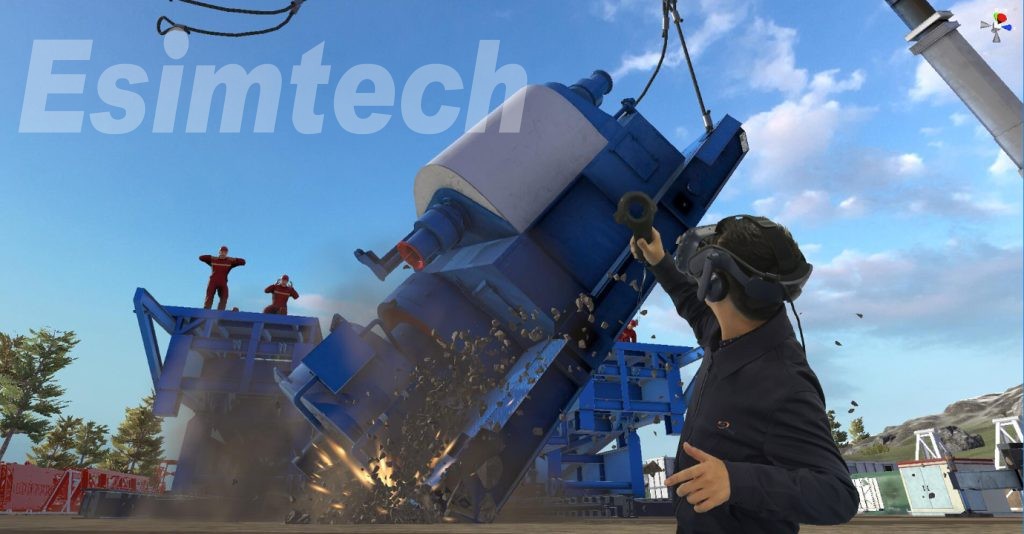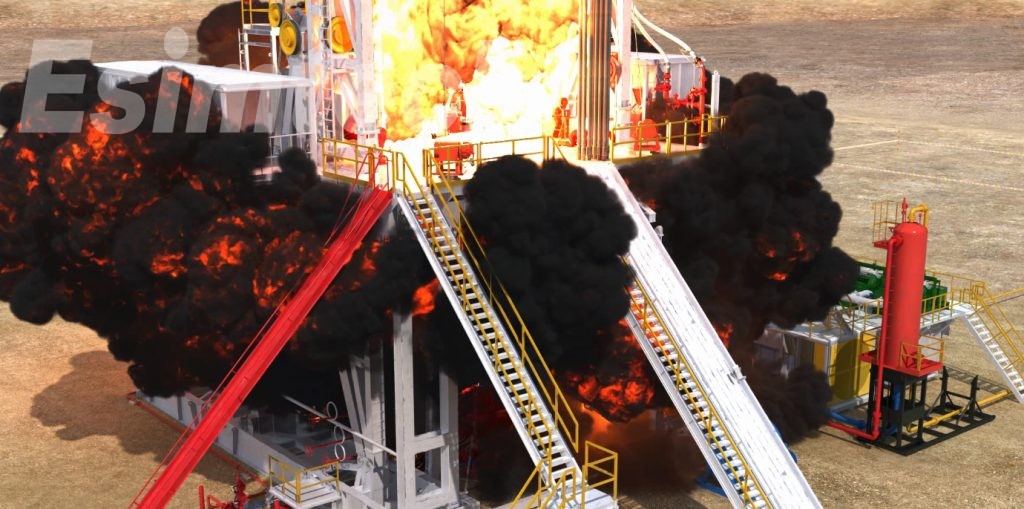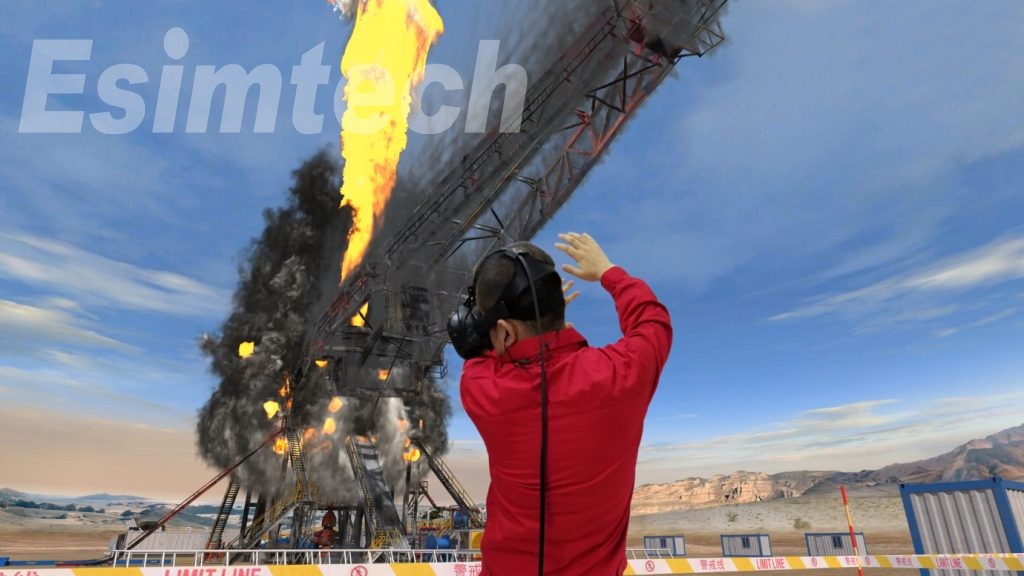Posted by - webguie arise -
on - July 11, 2024 -
Filed in - Other -
-
698 Views - 0 Comments - 0 Likes - 0 Reviews

In recent years, Virtual Reality (VR) technology has garnered widespread attention across various industries, ushering in immersive and interactive experiences that were once only imagined. Among its transformative impacts, one area that stands out is emergency response training. The emergence of VR-based emergency training simulators is reshaping how responders prepare for critical situations, offering a risk-free yet true-to-life environment to enhance their skills and decision-making capabilities. This article delves into the groundbreaking potential of VR in emergency training and explores its manifold advantages for first responders and medical professionals.

Advantages of Embracing VR Emergency Training Simulators
A Gateway to Realistic Scenarios:
Conventional emergency response training encompasses theoretical learning, tabletop exercises, and practical drills. While valuable, these methods often lack the authentic realism required to fully equip individuals for high-pressure real-world scenarios. This is where VR emergency training simulators shine.
These simulators create lifelike environments that authentically replicate the challenges faced by first responders, depicting a range of emergency scenarios from natural disasters to complex medical crises.
Trainees navigate through virtual landscapes, interact with simulated patients, and practice essential skills without risking lives or property. This immersive approach hones their ability to make swift, informed decisions and adapt to rapidly evolving situations.
Enhanced Learning through Immersion and Interaction:
The immersive nature of VR technology offers a distinctive edge in emergency training. Trainees are fully immersed in virtual worlds where they can interact with genuine emergency scenarios, replicating the sensory experience of being on the frontlines. Specialist VR headsets, haptic feedback systems, and motion-tracking controllers heighten the realism, thereby enhancing the learning curve.
Interactivity sets VR emergency training simulators apart from traditional methods. Trainees practice critical skills like triage, CPR, and wound management within a controlled environment. Instant feedback, guidance, and performance metrics aid continuous improvement.
Risk-Free Training with Infinite Scenarios:
Mitigating risks associated with real-world training is a cornerstone advantage of VR emergency training simulators. In traditional training, errors can have serious consequences, but in the virtual realm, trainees can learn from mistakes without endangering lives or property. They can simulate scenarios, experiment with various approaches, and acquire knowledge without fear of negative outcomes.
Additionally, the versatility of the VR simulator offers a wide array of scenarios tailored to specific training needs. From responding to multi-car accidents to managing chemical leaks, the simulator adapts to simulate nearly any emergency situation. This adaptability empowers students to gain expertise across diverse conditions that traditional training settings would struggle to replicate.
Cost-Efficiency and Accessibility:
Beyond its training benefits, the VR emergency training simulator brings cost-effectiveness and accessibility to the table. Virtual training circumvents logistical and budgetary challenges linked to organizing large-scale practical exercises or deploying personnel for on-site training. Remote training becomes feasible, allowing responders in remote or resource-constrained locations to access high-quality training experiences.

Future Prospects and the Potential of VR Emergency Training Simulators
Integration of Artificial Intelligence (AI):
AI algorithms enhancing virtual environments' realism and intelligence.
Dynamic and adaptive training experiences responding to trainee actions.
Real-time AI-generated feedback and guidance for trainees.
Advanced Simulation Capabilities:
Enhanced realism with improved graphics, physics, and environmental effects.
Modeling intricate physiological reactions and medical conditions.
Integration of mixed-sensory feedback for heightened immersion.
Collaborative Training and Communication:
Virtual teamwork and coordination exercises for trainees in remote locations.
Integration of speech recognition and natural language processing for seamless communication.
Simulation of interagency cooperation during large-scale disasters.
Data Analytics and Performance Metrics:
Comprehensive data collection and analysis of trainee performance.
Identification of areas for enhancement and tailored training strategies.
Benchmarking and comparison of trainee performance against industry standards.
Virtual Reality for Mental Health Support:
Integration of stress management and resilience training modules.
VR therapy for treating and preventing post-traumatic stress disorder (PTSD).
Psychological well-being support for responders through immersive experiences.
Mobile and Wireless VR Training Solutions:
Development of portable, wireless VR training systems.
Accessible training in remote locations or during on-site situations.
Integration with mobile devices and lightweight VR headsets for improved mobility.
Expansion to Additional Emergency Response Fields:
Application of VR training to law enforcement, firefighting, and disaster management.
Customization of scenarios for diverse emergency response professions.
Cross-training opportunities to bolster teamwork among different response teams.
Industry Collaboration and Standardization:
Collaboration between VR technology innovators and emergency response organizations.
Formulation of industry standards and best practices for virtual reality emergency training.
Resource and information sharing to foster field advancements.

Continuous Technological Advancements:
Progress in VR hardware, software, and simulation technologies.
Utilization of emerging technologies like augmented reality (AR) and mixed reality (MR) in training simulations.
Integration with Internet of Things (IoT) devices for heightened realism and data collection.
Summary
The VR simulator emerges as a potent tool for simulating emergency response training, equipping first responders and medical personnel with the necessary skills and decision-making capabilities in a safe yet authentic and immersive environment.
VR Emergency Training Simulators: Revolutioni... 0 0 0 166 3
3 photos


Our Mission... “To assist disaster survivors by providing a source for them to come together in time of need, to aid in the listing of events, information and other forms of assistance, and continuing support through the recovery process.”

Share this page with your family and friends.